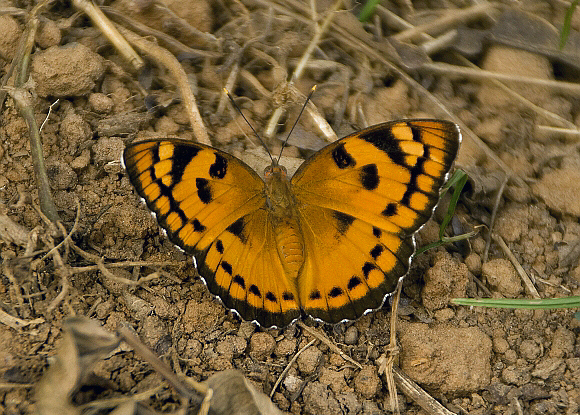
Introduction
There are about 55 species in the genus Euthalia, divided into several sub-groups with differing adult characteristics.
The aconthea group are sexually dimorphic – their males are typically dark brown, and several of them have a wide band of blue or green across the outer half of the hindwings. Their females are larger, paler, and in some species are beautifully patterned with greyish steaks and chevrons. The lubentina group are also sexually dimorphic, the males being chocolate brown above, with a deep metallic green sheen, and a series of red spots near the apex of the hindwing. Their females are similar, but have broad white bands and spots on the forewings.
The nais group consists of a single species- nais, which differs considerably in appearance from any member of the other groups, and is not sexually dimorphic. For these reasons some taxonomists place it in a separate genus Symphaedra. In this treatment I include it as a “subgenus” of Euthalia.
The butterfly is found only in India, Sri Lanka and Bangladesh.
Habitats
This species is found in disturbed areas within forested habitats, at altitudes between sea level and about 800m.
Lifecycle
The larval foodplants include Diospyros ( Ebenaceae ) and Shorea ( Dipterocarpaceae ).
Adult behaviour
Males commonly settle on the ground to imbibe mineralised moisture from the soil, or from fallen branches, dead leaves and other decomposing vegetation. When feeding they hold their wings either outspread, half open, or erect, depending on ambient temperatures.
